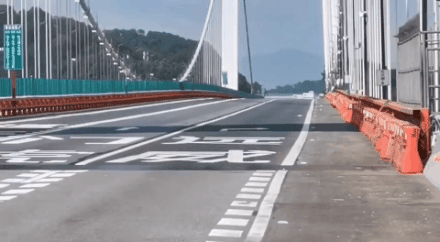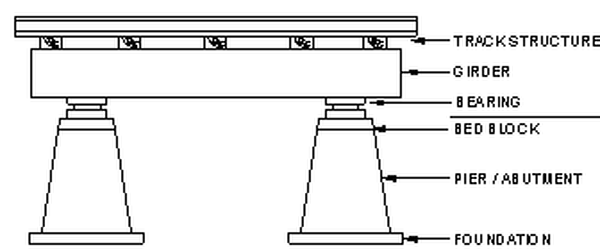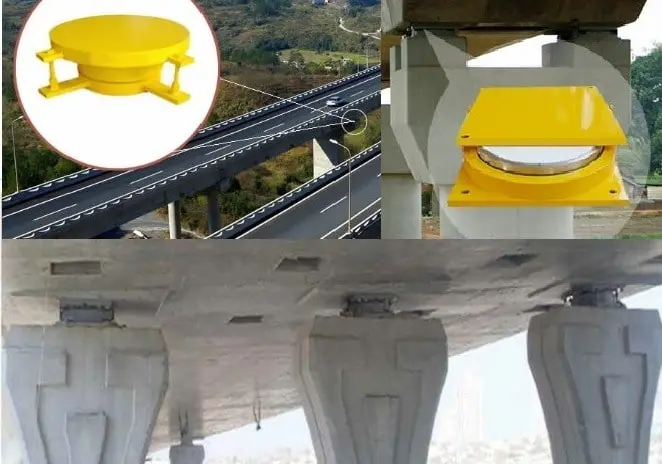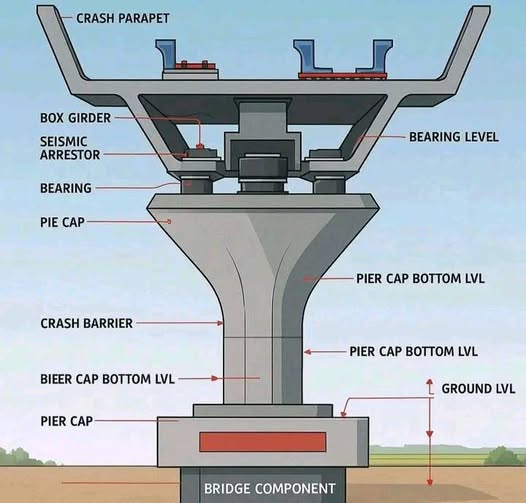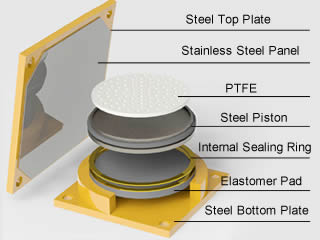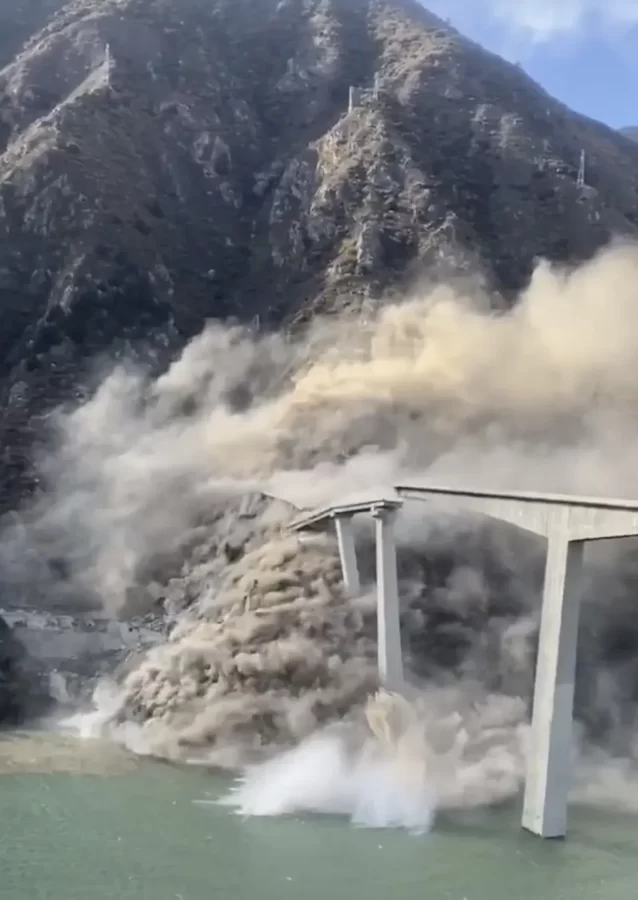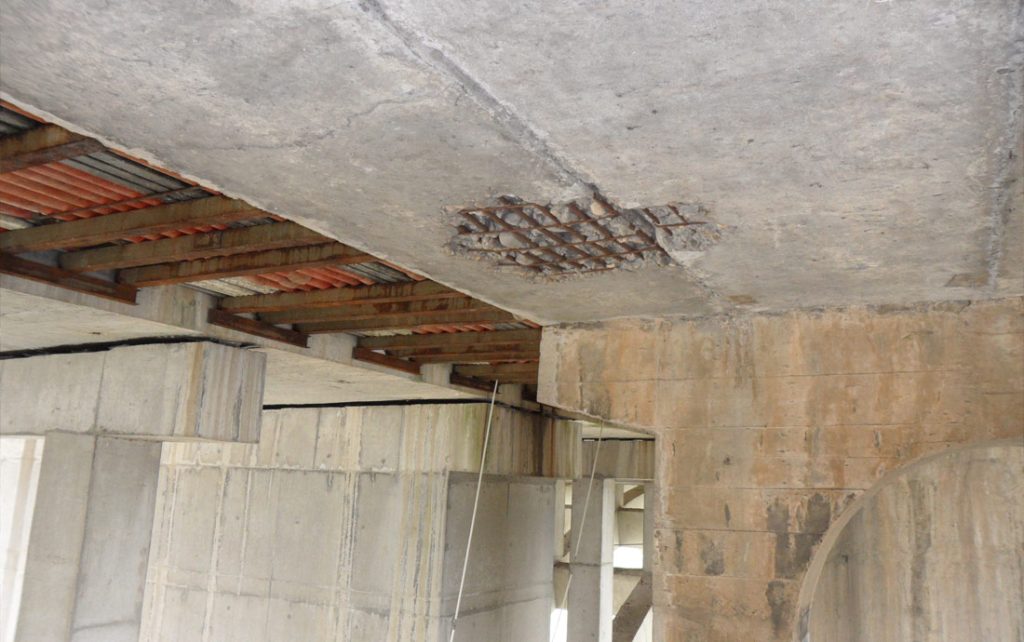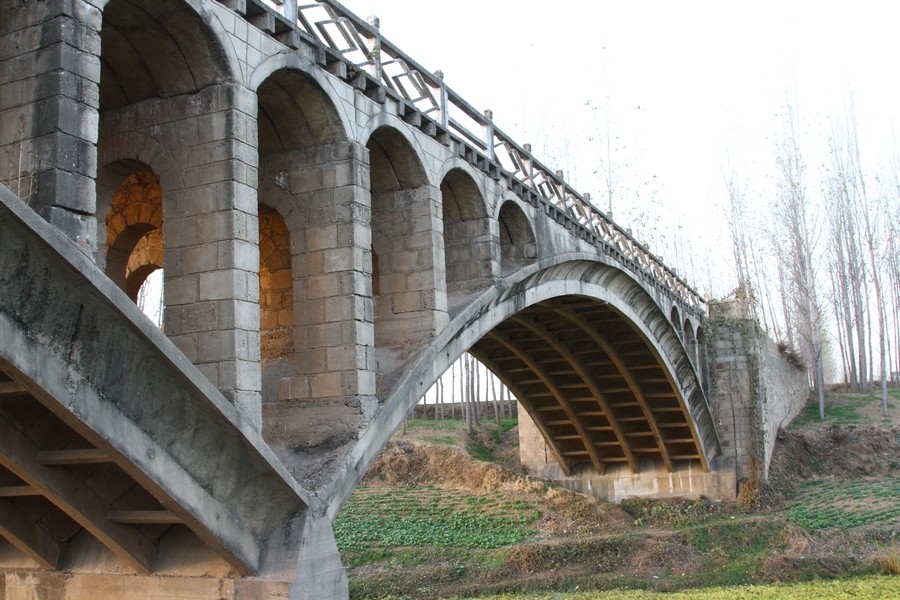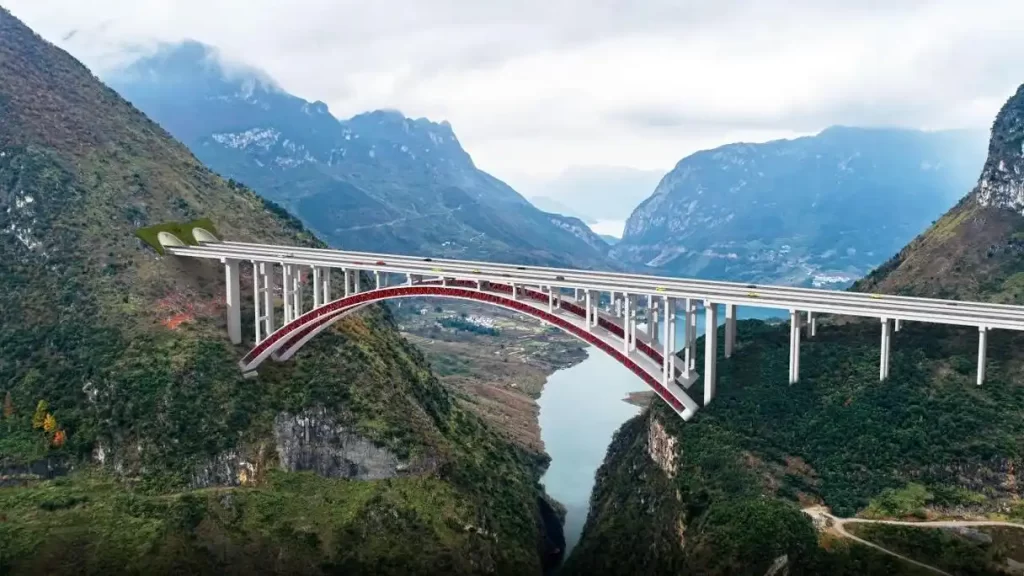Simply supported bridges dominate global transportation networks due to their simple structure and efficient construction. From highway overpasses in North America to rural crossings in Europe, these bridges carry millions of vehicles daily. Yet, as service life increases, environmental degradation and rising traffic loads accelerate structural deterioration.
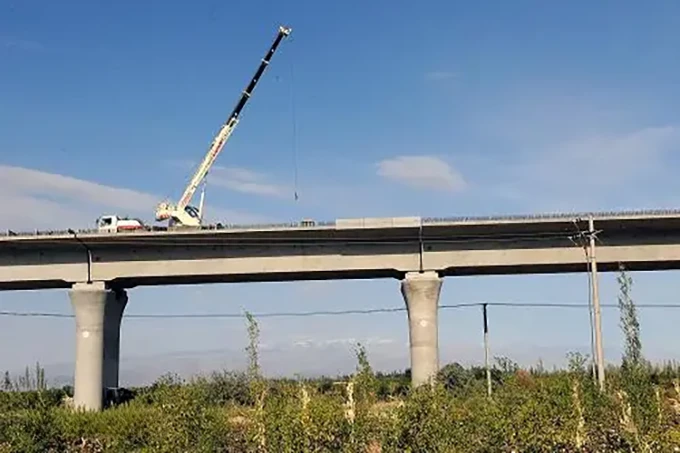
Modern bridge reinforcement technologies are essential for restoring safety, enhancing durability, and significantly extending bridge lifespan.
The Global Aging Crisis of Simply Supported Bridges
The aging of simply supported bridges is a cumulative result of environmental, mechanical, and material degradation.
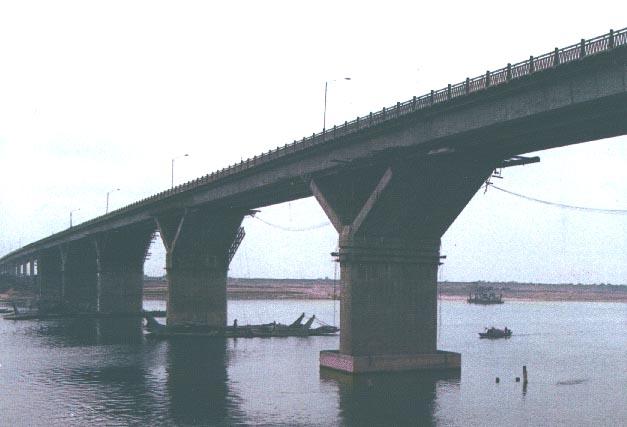
In northern Europe, freeze–thaw cycles lead to concrete surface spalling; in tropical regions like Southeast Asia, humidity accelerates steel corrosion; while Japan and Mediterranean countries face the dual threat of earthquakes and salt-laden air.
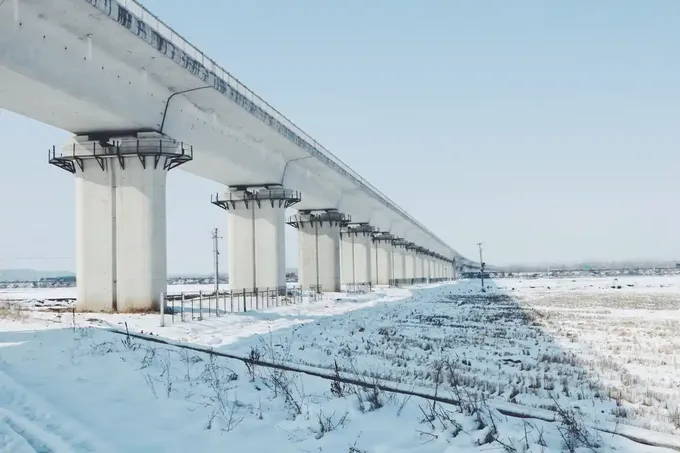
Traffic evolution also plays a major role. Bridges designed for 10-ton trucks in the mid-20th century now face 40-ton loads, causing fatigue cracking and reduced bearing capacity.
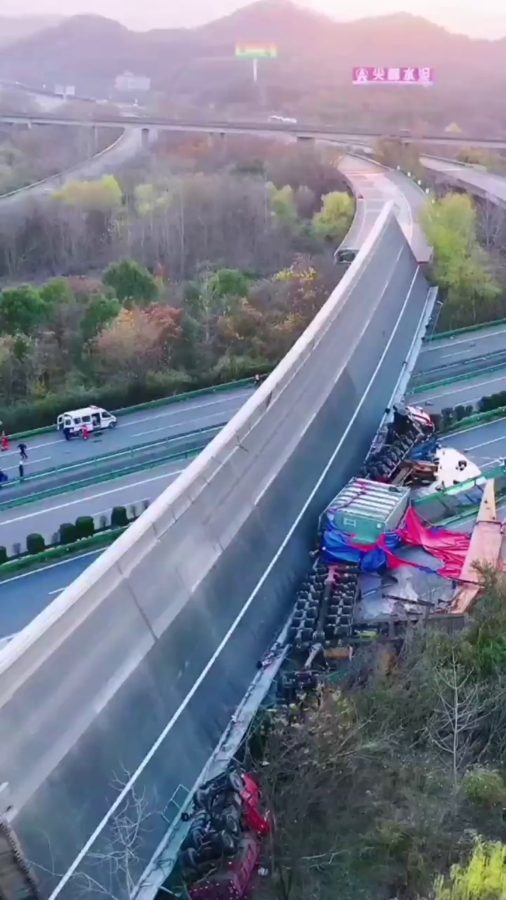
Studies show that a large proportion of simply supported bridges worldwide have been in service for decades. In both the U.S. and Europe, many of these aging structures already exhibit signs of deterioration. Without timely rehabilitation, the risks of collapse and severe traffic disruption increase significantly, with each day of closure leading to substantial economic losses.
Although reconstruction offers a long-term solution, it is several times more expensive than strengthening and generates substantial construction waste, making retrofitting the more sustainable and cost-effective option.
Core Technologies in Bridge Reinforcement and Strengthening
Modern bridge strengthening systems offer targeted solutions for different types of damage, combining material innovation and structural optimization to rejuvenate aging bridges.
1. Advanced Materials: From Passive Repair to Active Strengthening
Fiber-Reinforced Polymer (FRP) has transformed the field of bridge repair and rehabilitation. Lightweight, high-strength, and corrosion-resistant, FRP materials are bonded or embedded into existing structures to provide reinforcement that is 7–10 times stronger than steel.
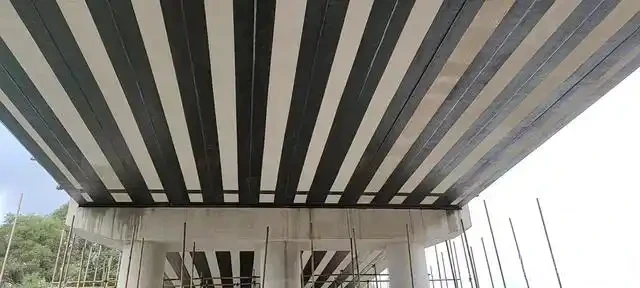
Through prestressed FRP bridge strengthening, pre-tensioned fibers counteract load effects, improving flexural capacity and stiffness. This method can triple fatigue life and significantly enhance durability.
To address steel corrosion, cathodic protection is widely applied. Embedding sacrificial anodes or applying external current prevents electrochemical corrosion. Combined with epoxy-coated rebar, this extends the structure’s service life by 25 years or more.
Studies in Germany show that hybrid systems combining material protection and electrochemical techniques can allow bridges in humid conditions to exceed 100 years of service life.
2. Structural Optimization: Overcoming Load-Bearing Bottlenecks
External prestressing systems inject new mechanical vitality into aging bridges. Installing external tendons—such as steel strands or CFRP bars—and applying tension reduces midspan bending moments and deflection. Japan frequently uses this technique in seismic bridge reinforcement, improving both load capacity and anti-seismic performance.
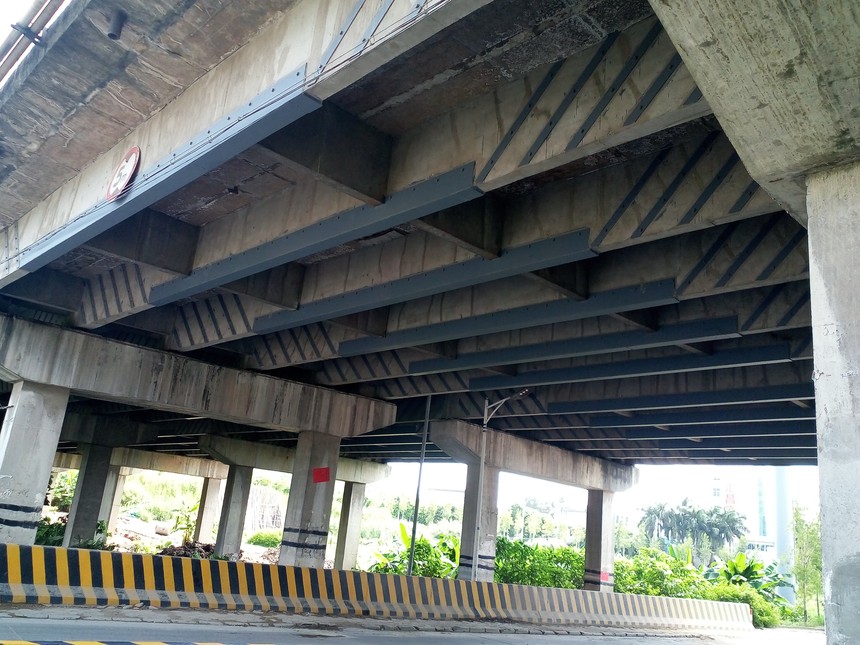
When addressing bearing failure or cap beam damage, integrated jacking and replacement technologies offer efficient solutions. In some cases, engineers add intermediate supports to convert simply supported spans into continuous beam systems, reducing stress peaks and improving structural performance.
Full Life-Cycle Management: Sustaining Bridge Durability
Effective bridge reinforcement depends not only on technology but also on life-cycle management.
The U.S. Bridge Management System (BMS) integrates non-destructive testing (NDT), load monitoring, and environmental data to create digital records for each bridge. Algorithms predict deterioration trends and optimize bridge maintenance and retrofitting schedules.
Techniques like acoustic emission testing and ground-penetrating radar (GPR) detect internal cracks and corrosion, while sensors installed after bridge strengthening track strain, stress, and displacement in real time.
From an economic standpoint, bridge strengthening offers exceptional returns. Life-cycle studies indicate a payback period of only a few years, compared to more than a decade for full reconstruction. For instance, reinforcing a 30-meter simply supported bridge in Europe typically costs about one-fourth of rebuilding, while semi-traffic construction minimizes traffic delays by roughly 70% and cuts CO₂ emissions by around 85%, contributing to global sustainability efforts.
The Future of Bridge Reinforcement: Innovation and Collaboration
As material science and digital technologies evolve, bridge strengthening is entering a smarter, more efficient phase. Nano-modified concrete, self-healing materials, and AI-powered defect detection are transforming how engineers approach bridge durability.
However, challenges remain—uneven technical standards and limited funding in developing regions hinder global progress. International collaboration and regional bridge technology alliances will be vital to solving the aging-bridge crisis.
A properly reinforced simply supported bridge is more than just concrete and steel—it is a connection between past and future. With advanced bridge reinforcement technologies, these essential infrastructures will continue to carry the world’s economic pulse for the next thirty years and beyond.
